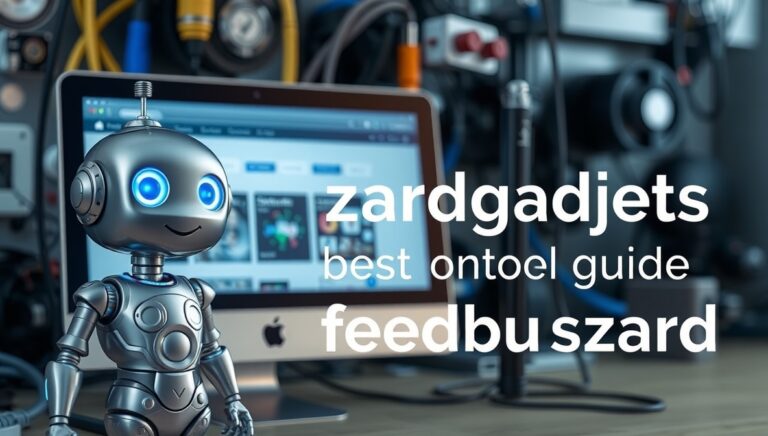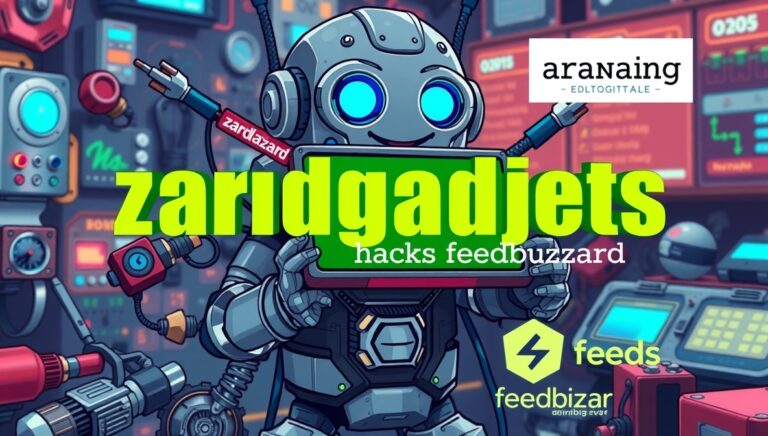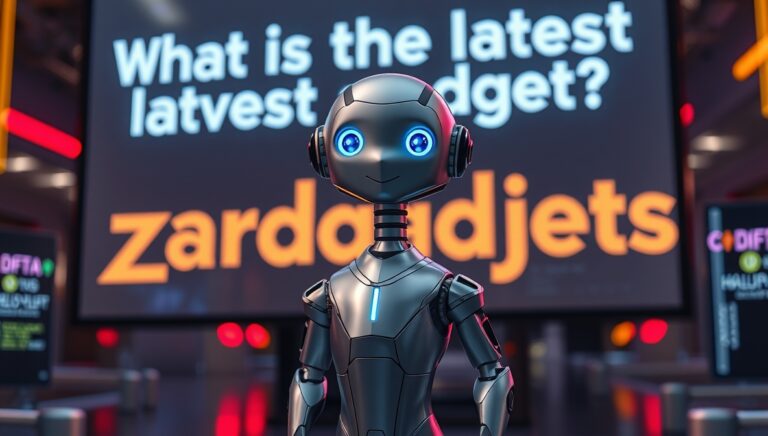Meme Creator: The Evolution, Power, and Future of Internet Memes in Digital Culture
Memes have become one of the most recognizable elements of internet culture, shaping humor, communication, and even social movements. From lighthearted jokes to powerful political commentary, memes have evolved into a universal digital language that transcends geography, age, and background. They act as snapshots of collective consciousness—quickly spreading ideas and emotions across borders with unparalleled efficiency. In the United States and beyond, memes are not only a form of entertainment but also an essential component of modern online expression.
The Origin of Memes: From Biology to the Internet
The term “meme” was first coined by evolutionary biologist Richard Dawkins in his 1976 book The Selfish Gene. Dawkins used it to describe cultural units—ideas, symbols, or practices—that spread and evolve similarly to genes. When the internet became mainstream, this concept took on new meaning. Early internet forums, chatrooms, and image boards became breeding grounds for simple image-based jokes and viral phrases.
Over time, memes developed their own visual language. The combination of a catchy caption with a relatable image or video format created a new form of storytelling that was quick, impactful, and universally understood. This laid the foundation for what would become an integral part of online communication.
The Rise of Online Meme Culture
The 2000s saw an explosion of meme formats—such as “LOLcats,” “Bad Luck Brian,” and “Doge.” Websites like 4chan, Reddit, and later, social media platforms like Facebook, Instagram, and Twitter became the main hubs for meme sharing. Memes began as spontaneous creations but soon became a strategic tool used by brands, activists, and influencers.
In this digital ecosystem, the meme creator became a powerful voice. Everyday users, with nothing more than a sense of humor and an internet connection, could generate viral sensations capable of reaching millions. Memes blurred the line between creator and audience; people didn’t just consume content—they remixed and reinvented it, keeping the cycle of humor and creativity alive.
The Psychology Behind Why Memes Spread
One of the primary reasons memes spread so fast is their emotional relatability. A meme works because it taps into shared human experiences—awkwardness, frustration, joy, or irony—and presents them in a humorous, digestible form.
Moreover, memes provide a sense of belonging. When someone shares a meme that others understand and enjoy, it reinforces a feeling of community. It’s a social signal, indicating alignment with certain values, beliefs, or cultural references. The viral nature of memes is not accidental; it’s rooted in psychology. Humor combined with recognition triggers a dopamine response, making people more likely to engage, share, and create.
The Modern Meme Economy
Today, memes have evolved far beyond their original intent. They have become digital currency in the attention economy. Companies use them for marketing, influencers use them to engage audiences, and political movements use them to spread ideologies. The humor and relatability of memes make them an incredibly persuasive communication tool.
In this fast-moving ecosystem, creators rely on digital platforms and software to produce content efficiently. A meme creator tool allows users to combine text, imagery, and design to produce viral content within minutes. These tools simplify the creative process, making meme creation accessible to everyone, regardless of technical skill. The simplicity of these platforms has fueled the explosion of user-generated content that dominates social media feeds today.
Memes and Brand Marketing
Brands have quickly realized that memes are not just jokes—they’re engagement engines. Modern consumers, especially younger demographics, value authenticity and humor. By leveraging memes, brands can humanize their image, increase relatability, and encourage sharing.
However, the key to successful meme marketing is timing and cultural awareness. A poorly timed or tone-deaf meme can backfire, causing backlash instead of engagement. Brands that succeed in the meme economy often collaborate with creators who understand internet trends. These partnerships ensure the humor aligns with the brand’s identity and resonates authentically with audiences.
One practical tool for businesses and individuals is the meme creator platform, which helps users design eye-catching memes easily. By using intuitive templates and customization options, even beginners can produce professional, shareable content that aligns with their tone and message. This accessibility has transformed meme-making from a niche hobby into a mainstream digital art form.
Memes as Political and Social Commentary
Beyond entertainment, memes have become a form of political and social commentary. From the Arab Spring to U.S. elections, memes have been used to express dissent, promote movements, and influence public opinion. The ability of memes to simplify complex ideas into a digestible visual makes them a powerful communication tool in activism.
During protests or major political events, memes can unify people around a common cause. They provide a way to criticize authority or highlight injustice using satire and humor, often making serious topics more approachable. This democratization of information gives power back to the people, allowing them to shape narratives without relying on traditional media outlets.
The Cultural Significance of Humor and Irony
Humor has always been central to human communication, but the internet amplified its reach. The meme format, with its compact structure, reflects modern attention spans and the desire for quick emotional payoff. A good meme is concise, visually engaging, and instantly understandable.
Irony, in particular, plays a big role in meme culture. It allows users to express complex feelings—such as disillusionment or social criticism—through layered humor. As society becomes more digital, this ironic tone becomes a way of coping with information overload, political chaos, and social pressure.
The Technical Side: How Memes Go Viral
Going viral might seem random, but it often follows a pattern. Timing, context, relatability, and platform algorithms all play crucial roles. A meme creator who understands these dynamics can increase their chances of success.
The best-performing memes usually follow a few simple principles:
- Clarity: The message must be instantly understandable.
- Relatability: It should connect to a shared emotion or experience.
- Relevance: The meme should align with current events or trends.
- Shareability: It must be easy to adapt and remix.
When these elements align, a meme can spread across platforms, reaching millions within hours. This viral potential is what makes memes such a unique and powerful tool in the digital landscape.
The Role of Social Media Algorithms
Social media platforms play a significant role in determining which memes gain visibility. Algorithms prioritize content that receives engagement—likes, shares, and comments. This creates a feedback loop where funny or relatable memes rise to the top, while less engaging ones fade away.
For meme creators, understanding algorithmic behavior is essential. Posting at the right time, using appropriate hashtags, and engaging with communities can dramatically increase reach. Platforms like TikTok and Instagram reward consistent engagement, making them prime spaces for meme innovation.
The Art and Aesthetics of Meme Design
Though often dismissed as simple or low-effort, meme-making is a legitimate art form. Effective meme design involves composition, typography, timing, and visual storytelling. A well-crafted meme can communicate complex emotions with just a few words and an image.
A modern meme creator tool gives users access to templates, fonts, and effects that help polish their content. This combination of creativity and technology is blurring the boundaries between graphic design and humor. What used to require specialized software can now be done with drag-and-drop simplicity, empowering millions of people to become digital artists.
Memes in Education and Communication
Interestingly, memes are finding their place in education. Teachers and communicators are using them to engage students, simplify complex topics, and make learning fun. For instance, a history teacher might use memes to explain historical events humorously, making lessons more memorable.
Similarly, in business communication, memes can break the monotony of formal presentations. They serve as icebreakers or visual summaries that keep audiences engaged. This crossover between entertainment and education demonstrates the versatility of meme culture.
The Globalization of Meme Culture
While memes often originate in specific regions or languages, they quickly spread worldwide. Internet users adapt them to local contexts, creating multilingual variations that reflect different cultures. This global remixing process shows how humor and creativity are universal.
In non-English-speaking regions, memes serve as cultural translators. They connect people across linguistic barriers through shared emotions and imagery. This global aspect has made memes one of the most powerful forms of cultural exchange in the digital age.
Ethical Considerations and Copyright Challenges
Despite their popularity, memes raise ethical and legal questions. Since most memes use images or clips from copyrighted works, ownership can become a grey area. Artists and photographers sometimes find their work repurposed without credit.
Moreover, memes can spread misinformation or reinforce stereotypes if used irresponsibly. As meme culture continues to evolve, discussions about ethics, consent, and intellectual property will remain crucial. Responsible use ensures that memes remain a force for creativity and connection rather than harm.
The Future of Memes: AI and Automation
Artificial Intelligence is reshaping how memes are created and shared. Machine learning algorithms can now generate captions, analyze trends, and predict what kind of content might go viral. AI-driven meme creator tools are becoming more advanced, helping users generate witty, context-aware content automatically.
As technology evolves, the line between human and machine creativity continues to blur. AI can assist in brainstorming, but authentic humor still relies on human insight. The fusion of automation and personality may define the next era of meme culture, where technology amplifies creativity rather than replacing it.
Memes as a Reflection of Society
Ultimately, memes are mirrors of their time. They capture social moods, political climates, and cultural shifts in real time. From global crises to celebrity moments, memes document how societies react, cope, and laugh together.
Because of their immediacy, memes are historical artifacts of digital culture. Future generations might look back at today’s memes as a window into early 21st-century humor, politics, and communication styles.
Conclusion: The Endless Power of Creativity
The evolution of memes from obscure internet jokes to influential cultural tools shows the incredible adaptability of human creativity. The ability to condense humor, emotion, and commentary into a few pixels demonstrates the richness of digital expression.
With easy-to-use tools and widespread access to social media, anyone can participate in this ongoing cultural phenomenon. Whether for humor, activism, education, or art, memes continue to shape how we communicate in the modern age.
As technology progresses and audiences evolve, the spirit of meme-making—creativity, relatability, and shared laughter—will remain timeless. The digital landscape may change, but the human desire to connect through humor will always find new forms of expression.






